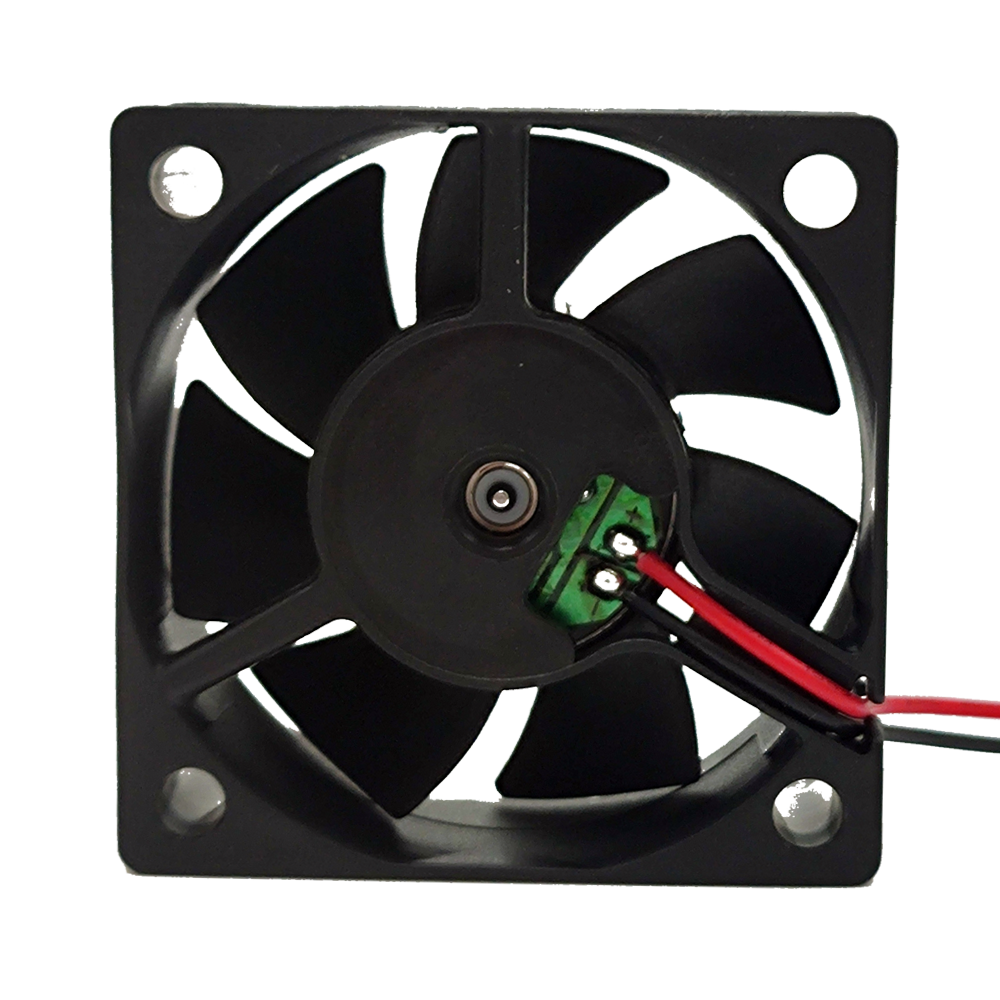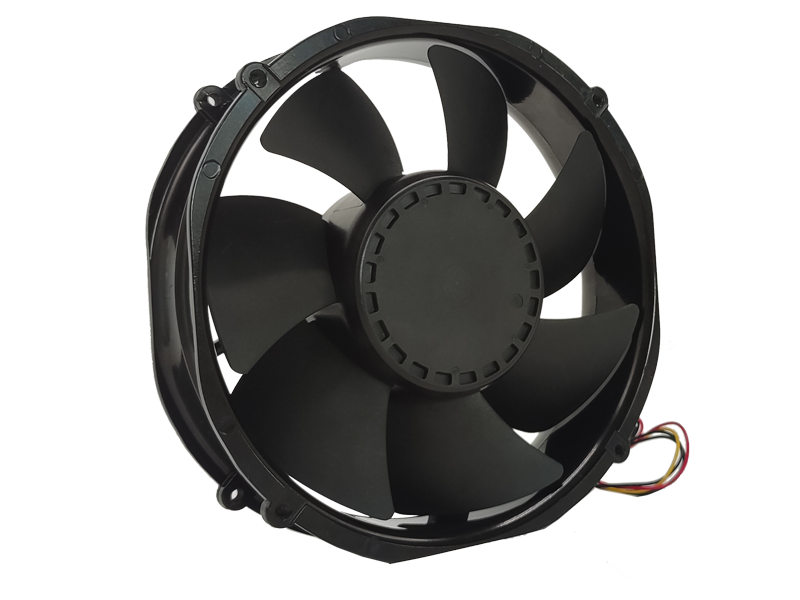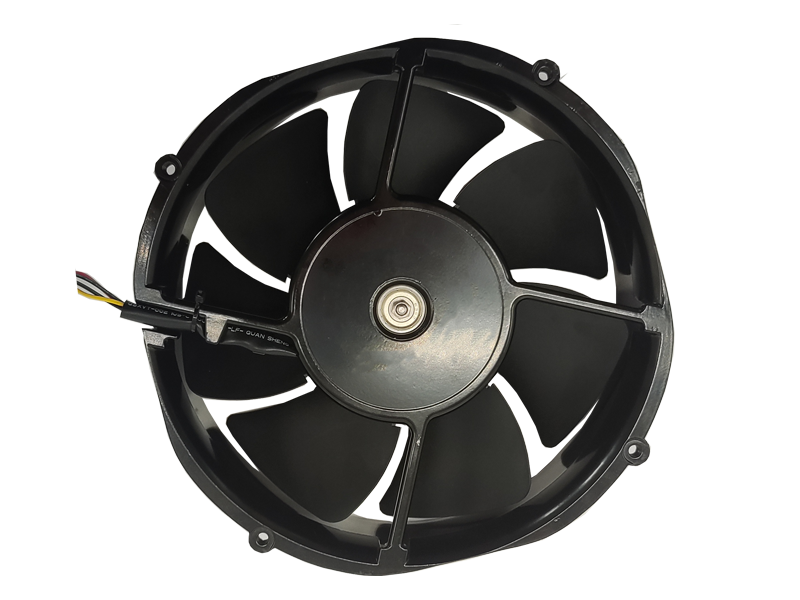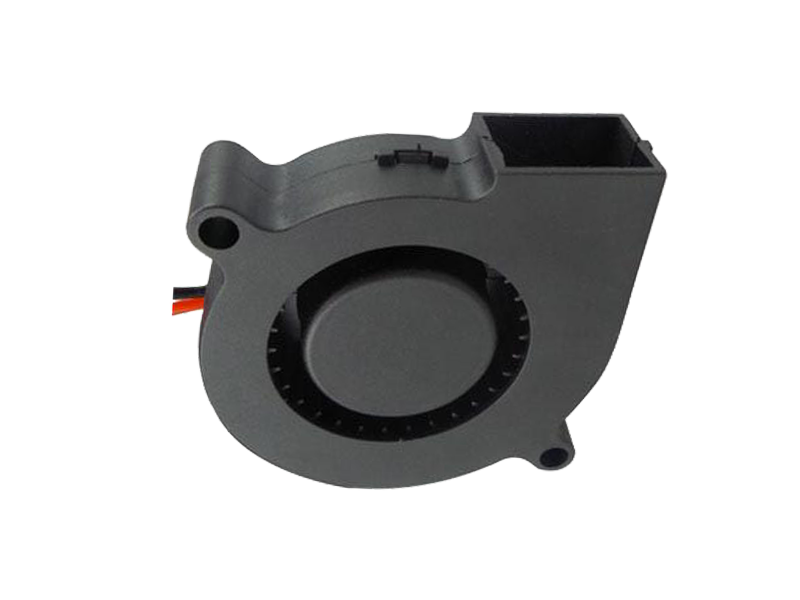Introduction
The industrial fan sector is undergoing a paradigm shift driven by breakthroughs in material science. Modern manufacturing environments demand ventilation solutions that balance extreme durability with energy efficiency, pushing engineers to rethink traditional metal-centric designs. This article explores how composite materials, nanotechnology, and bionic engineering are transforming industrial fans from mechanical components into intelligent, adaptive systems.
1. Composite Materials: Breaking the Metal Paradigm
Traditional steel/aluminum fan blades are giving way to advanced composites offering superior strength-to-weight ratios. A 2023 case study from Germany's Ziehl-Abegg demonstrates how carbon fiber-reinforced polymer (CFRP) blades reduce rotational mass by 47% while maintaining 92% stiffness. This enables 3000RPM operation without vibration issues, cutting energy consumption by 28% in automotive paint booth applications.
The real innovation lies in hybrid designs. General Electric's Aerospace division developed titanium-CFRP laminate blades for extreme-temperature environments. These maintain structural integrity at 450°C while reducing weight by 63% compared to solid titanium, extending component lifespan from 18 to 47 months in foundry operations.
2. Nanocoatings: The Invisible Performance Enhancer
Surface engineering breakthroughs are solving persistent maintenance challenges. ABB's Hydrophobic Nanocoat (HNC) technology creates self-cleaning blade surfaces using silica nanoparticle coatings. Field tests in Middle Eastern cement plants showed 89% reduction in dust accumulation, cutting maintenance downtime from 14 to 1.8 hours annually.
More revolutionary is the development of thermochromic coatings. Hunter Industrial's ThermoAdapt system uses vanadium dioxide layers that dynamically adjust surface emissivity. During a 2024 Texas refinery trial, this reduced blade surface temperatures by 23°C under peak load, preventing thermal deformation that had previously caused 17% annual productivity loss.

3. Bionic Engineering: Nature-Inspired Aerodynamics
Biomimicry is revolutionizing airflow efficiency. ebm-papst's WhaleFin series replicates humpback whale pectoral fin tubercles, creating vortex-generating blade edges. This design increases static pressure by 34% at equivalent RPM, enabling 40% smaller fans to achieve identical airflow in HVAC systems.
The most radical innovation comes from MIT's Bio-Inspired Aerodynamics Lab. Their "Silent Wing" prototype mimics owl wing serrations to disrupt sound waves. In noise-sensitive pharmaceutical labs, this reduced decibel levels by 19dB(A) while maintaining 98% efficiency, solving the classic tradeoff between performance and acoustic comfort.
4. Smart Alloys: The Rise of Adaptive Materials
Shape memory alloys (SMAs) are enabling fans to self-optimize. Vent-Axia's AdaptAir system uses nickel-titanium SMA actuators to adjust blade pitch in real time. During a UK food processing plant trial, this dynamic adjustment maintained optimal airflow despite 22°C temperature swings, improving dehumidification efficiency by 31%.
More groundbreaking is the development of self-healing polymers. Fraunhofer IWM's PolyHeal material uses microcapsules filled with healing agents. When cracks form, capsules rupture and polymerize, restoring 87% of original strength. Field tests in Australian mining operations showed 63% reduction in blade replacement costs over three years.
Conclusion
Material science innovations are redefining industrial fans as adaptive, self-optimizing systems rather than static equipment. The convergence of composite engineering, nanotechnology, and bionic design is creating ventilation solutions that operate more efficiently, require less maintenance, and adapt to changing conditions. As manufacturing evolves toward Industry 4.0, these material breakthroughs position industrial fans as critical components in the smart factories of tomorrow.
Recommended Products

The main purpose:Car charging station

The main purpose:Car charging station

The main purpose:Electronic refrigerators, water dispensers, direct drinking machines, inverter power supplies
Address:No. 4137, Longgang Avenue (Henggang Section), Henggang Community, Henggang Street, Longgang District, Shenzhen
hotline:13530005572(Chen)15112579390(Li)


Welcome all friends to come for consultation and negotiation.
Copyright 2024 @ Shenzhen Youneng Xinyuan Electronics Co., Ltd.,(industrial fans,industrial blowers,axial fans,cooling fans manufacturer,centrifugal fans,ac cooling fans,dc cooling fans)